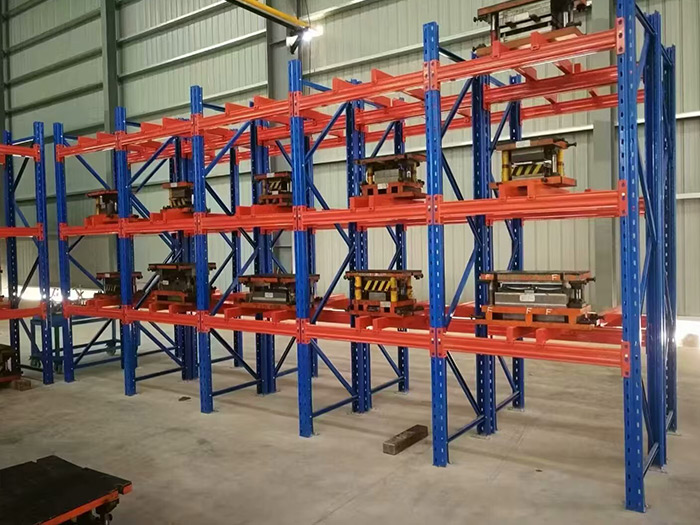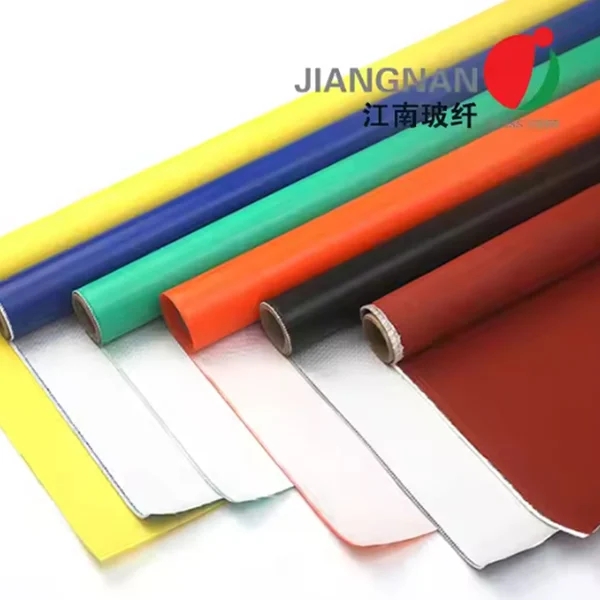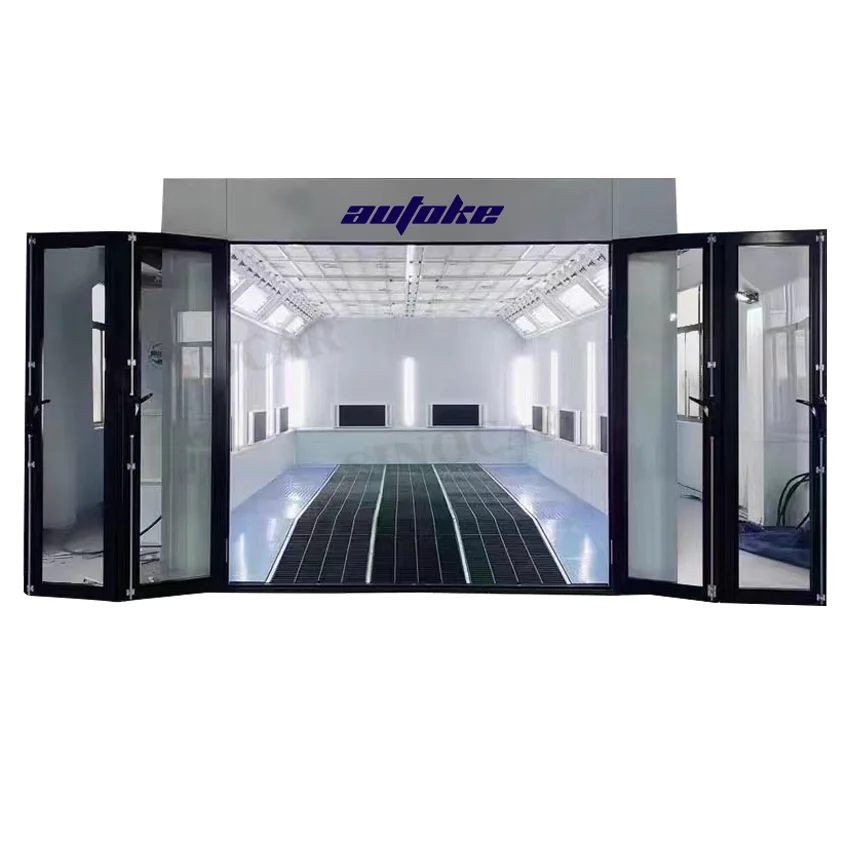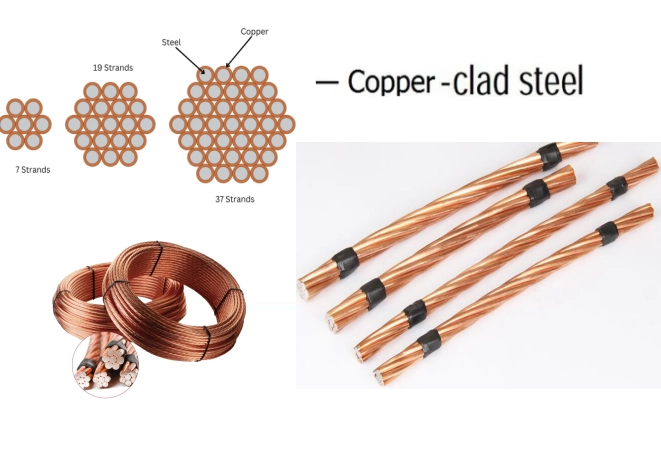When it comes to designing outdoor spaces, the choice of flooring is crucial, especially in regions that experience intense sunlight. Homeowners and designers alike often seek outdoor tiles that not only enhance aesthetic appeal but also remain comfortable to walk on, even during the hottest days. The question arises: what outdoor tile doesn’t get hot? This article delves into the various materials and technologies available that ensure your outdoor spaces remain cool and inviting.
Understanding Heat Absorption in Outdoor Tiles
Before we explore specific tile options, it’s essential to understand how different materials absorb heat. The thermal conductivity of a tile is a key factor in determining how hot it will get under direct sunlight. Darker colors tend to absorb more heat, while lighter shades reflect sunlight, keeping the surface cooler. Additionally, the material’s density and porosity play significant roles in heat retention.
Top Outdoor Tile Options That Stay Cool
- Porcelain Tiles
- Benefits: Porcelain tiles are known for their durability and low water absorption rates. They are available in various colors and finishes, including lighter shades that reflect sunlight effectively.
- Heat Resistance: High-quality porcelain tiles can be treated with a special glaze that enhances their ability to stay cool. Look for tiles rated for outdoor use, as they are designed to withstand temperature fluctuations without cracking.
- Natural Stone
- Types: Natural stones like travertine, limestone, and slate are excellent choices for outdoor flooring. These materials not only offer a unique aesthetic but also have a natural ability to remain cooler than concrete or ceramic tiles.
- Cooling Properties: The porous nature of these stones allows for better heat dissipation. Travertine, in particular, is known for its ability to stay cool underfoot, making it a popular choice for pool decks and patios.
- Terracotta Tiles
- Characteristics: Terracotta tiles are made from natural clay and are often used in Mediterranean-style designs. They come in warm, earthy tones that can blend beautifully with outdoor landscapes.
- Thermal Performance: Due to their porous structure, terracotta tiles can absorb moisture and release it slowly, which helps in keeping the surface temperature lower than many other materials.
- Composite Decking Tiles
- Innovation: Composite tiles made from recycled materials combine the aesthetic appeal of wood with the durability of synthetic materials. They are available in various colors and textures.
- Heat Management: Many composite tiles are designed with heat-reflective technology, which helps in minimizing heat absorption. This makes them a great option for areas that receive direct sunlight.
- Rubber Pavers
- Sustainability: Made from recycled rubber, these pavers are not only eco-friendly but also provide a soft, cushioned surface that is comfortable to walk on.
- Temperature Control: Rubber has a lower thermal conductivity compared to traditional stone or concrete, which means it remains cooler even in direct sunlight. This makes rubber pavers an excellent choice for playgrounds, patios, and pool areas.
Additional Considerations for Outdoor Tile Selection
- Color Selection: Opt for lighter colors when choosing outdoor tiles. Light shades reflect sunlight, reducing heat absorption and keeping surfaces cooler.
- Surface Texture: Textured tiles can help in reducing heat buildup as they allow for better air circulation. Additionally, they provide a slip-resistant surface, enhancing safety in outdoor areas.
- Installation Method: Proper installation can also affect the temperature of outdoor tiles. Ensure that tiles are laid with appropriate spacing and that there is adequate drainage to prevent water pooling, which can increase heat retention.
Conclusion
Choosing the right outdoor tile that doesn’t get hot is essential for creating a comfortable and enjoyable outdoor environment. By considering materials such as porcelain, natural stone, terracotta, composite decking, and rubber pavers, homeowners can ensure that their outdoor spaces remain cool and inviting, even in the peak of summer. Remember to factor in color, texture, and installation methods to maximize the cooling benefits of your chosen tiles. With the right selection, you can enjoy your outdoor oasis without the discomfort of hot surfaces underfoot.






